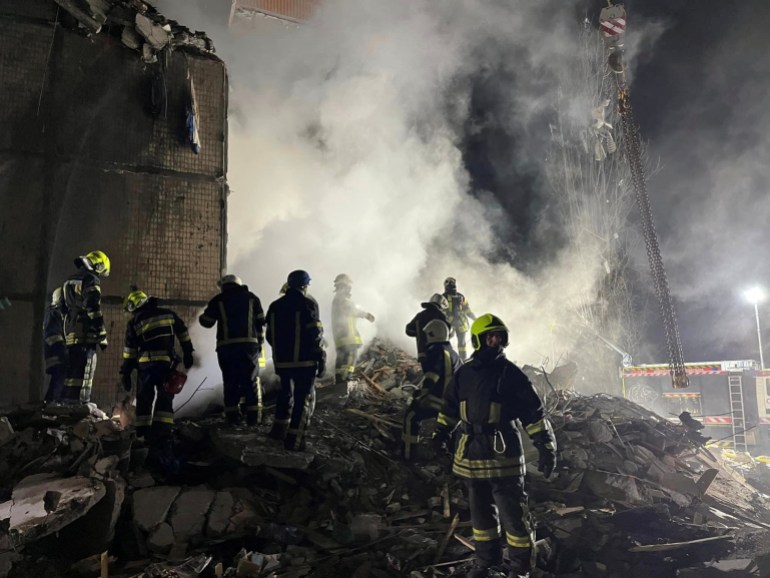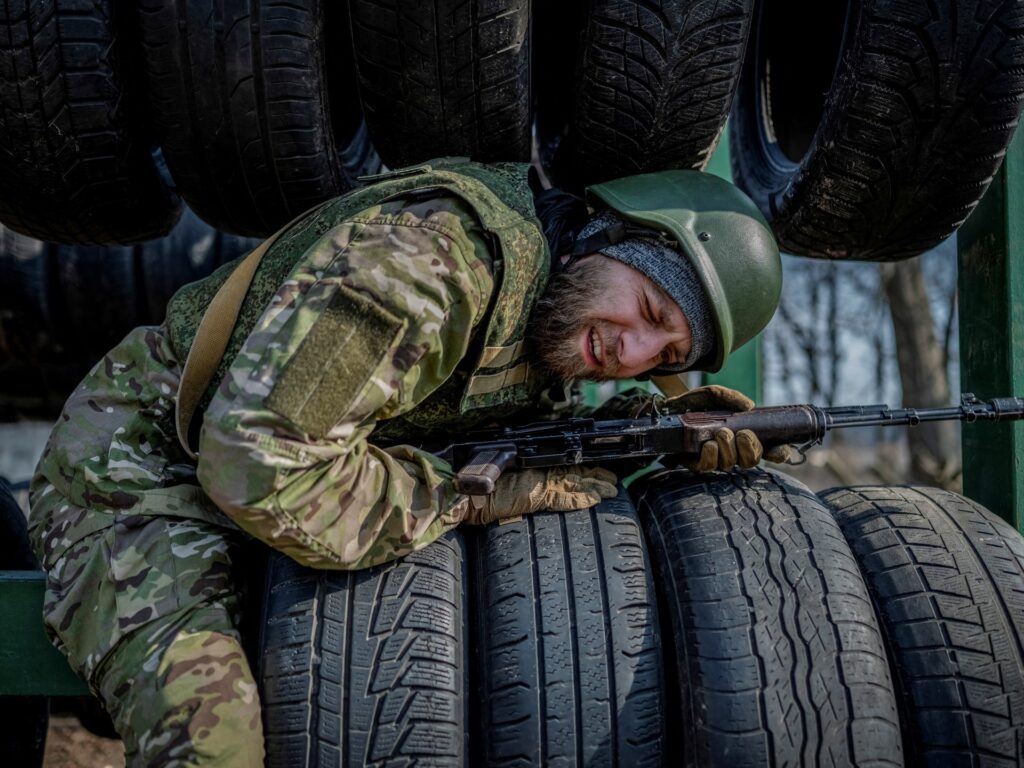Russian troops have continued their relentless march through eastern Ukraine for three consecutive weeks, giving the defenders no respite since seizing Avdiivka on February 17th.
Geolocation footage from February 29 shows Russian forces advancing 5 kilometers (3 miles) west of Avdiivka to the outskirts of Orlivka and Berdiki.
The next day they were in the center of Orlivka. By Monday, they had been found near the road that connects Orlivka with the village of Tonenke to the south.
The Russian Ministry of Defense estimates that it took Moscow forces four months to advance 9 km (5.6 miles) through the Donetsk region before capturing Avdiivka.
By that standard, 5km in three weeks (including 3km (almost 2 miles) just last week) is fast progress.
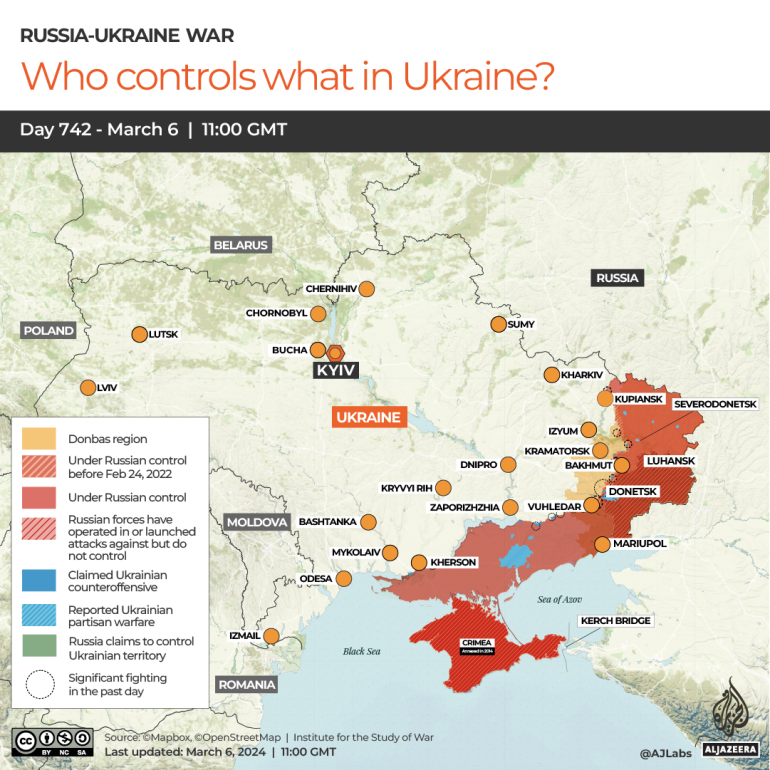
It was a similar story to the west of Bakhmut, another city in Donetsk region that Russian forces captured in May.
The Ukrainian military announced on Sunday that it was engaged in heavy fighting to seize control of the village of Ivaniuske, 2 kilometers west of Bakhmut. Geolocation footage showed Russian troops entering the center of the village that day.
“Our troops are heroically resisting and trying to repel the enemy from the occupation line,” said Captain Ilya Evrash, a spokesman for the region's garrison.
A spokesman for the Tavria forces fighting there said they had succeeded in building tank trenches, ramparts and bunkers, but that they were not continuous and isolated. It may not have been a coincidence that the Ukrainian military on Sunday announced record spending on fortifications in the Zaporozhye region of the Southern Front.
Russian forces claimed slight advances at many points along the Donetsk front. New advances were also confirmed in the village of Novomikhailiuka.Location footage released Tuesday showed Russian troops in fields south of the settlement.
“I don't think this will change the course of the war,” retired US colonel Seth Krumrich told Al Jazeera.
“Show me a map. Show me what has been accomplished in two years. …I think it's probably 1 in 18. [of Ukrainian territory] It fell under Russian control with 250,000 to 500,000 casualties. “I don't think a Russian victory is imminent,” said Krumrich, now a vice president at security consulting firm Global Guardian.
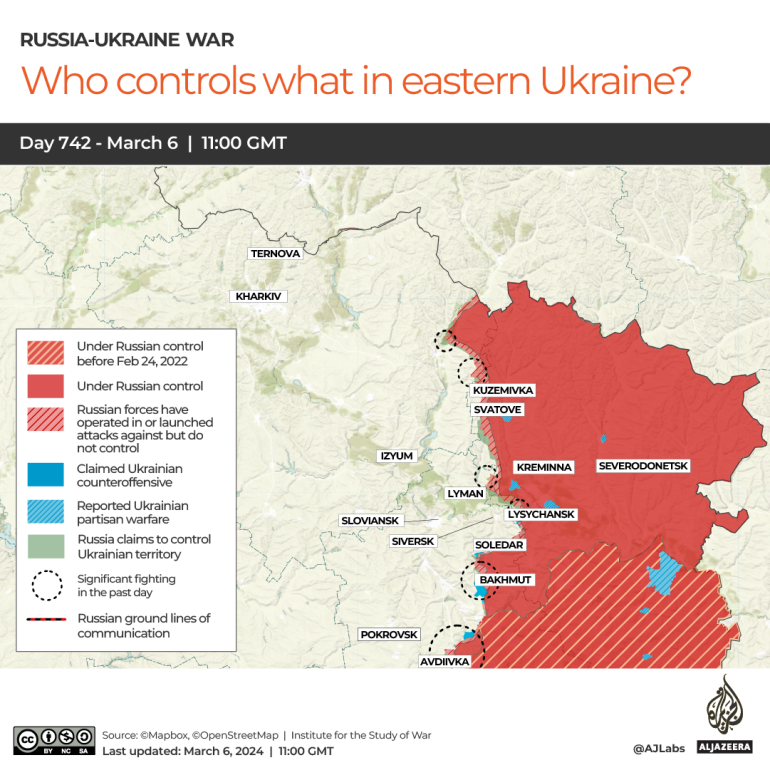
Still, the situation was alarming enough for Ukraine's new commander-in-chief, Oleksandr Shirsky, to spend three days on the Eastern Front.
Schilsky said on Friday that some brigades around Avdiivka had changed their leadership and strengthened decision-making.
“I have sent a group of experts to the individual brigades where the problem is occurring to pass on their experience and provide assistance,” he said. “In some cases, I may be required to make personnel decisions when actions or orders pose a direct threat to the life or health of subordinates.”
There appears to be a qualitative shift in Russian tactics, which could pose difficulties for Ukraine.
Last year's Russian raid on Bakhmut relied heavily on pardoned prisoners who were thrown into continuous waves of fighting with little training and suffered heavy casualties.
A number of Ukrainian soldiers who fought in Avdiivka recently told the Washington Post that the Russian attack was well prepared, their forces were well-staffed and most were well-trained.
He also said that the aiming of Russian artillery was accurate and quick.
It added that the retreating positions on the Ukrainian side were hit by artillery fire immediately after the Ukrainian defenders reached them, destroying columns of retreating troops.
“It was…a convoy of the greatest men in history. And before our eyes, this convoy was destroyed by artillery,” said one of the survivors.
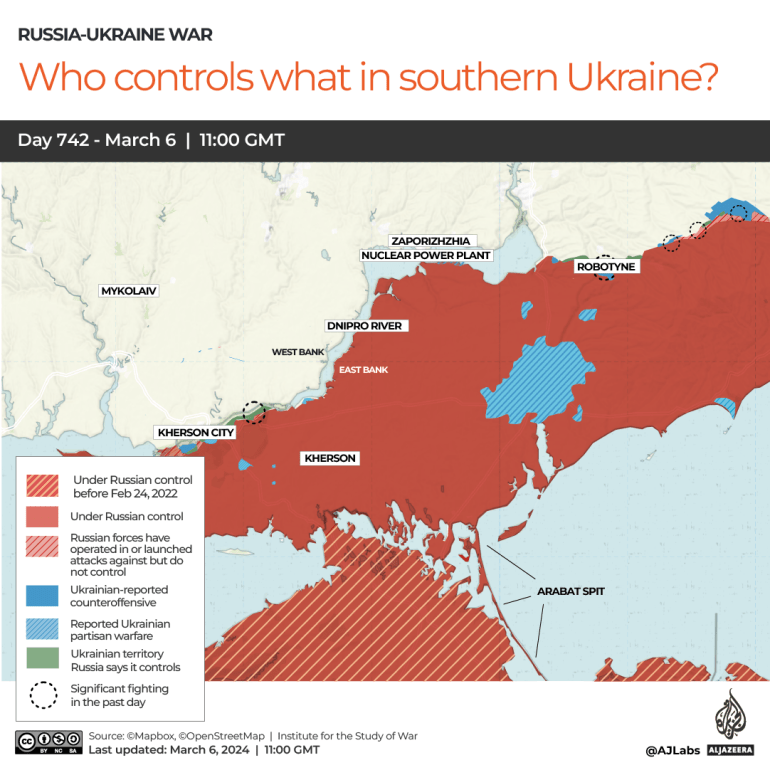
Perhaps most worryingly, Russia effectively used air support to drop satellite-guided glide bombs (inertial bombs with flying surfaces to achieve greater range and accuracy). .
The Ukrainian Air Force has shot down an increasing number of bomb-carrying Sukhoi-34 and Sukhoi-35 fighter-bombers, including six Su-34s on February 28 and 29 alone.
Ukrainian President Volodymyr Zelenskiy said Kiev's military had shot down 15 Russian military planes between February 1 and Sunday, an unusually high number.
Russia may have decided to accept higher losses in order to increase its ground firepower.
Forbes and the New York Times reported that Russia is adopting more aggressive air tactics and increasing its flying of more than 100 sorties a day on the Eastern Front.
Observers blame Republicans in the U.S. Congress for withholding aid to Ukraine as the biggest reason for Russia's advance.
“The collapse of Western aid to Ukraine is likely to lead to an eventual collapse of Ukraine's ability to deter Russian forces and a significant Russian advance westward, perhaps even to the western Ukraine border with NATO members.” writes the institute. Study of War, a think tank based in Washington.
President Zelenskiy warned on February 25 that the Russian military was planning another major attack in May.
air combat
Russia's war on Ukraine's fighting spirit took a direct hit on Friday when a Russian drone destroyed a nine-story apartment building in Odesa, killing at least 12 people. This was the deadliest attack in the past week and one of the worst attacks this year.
President Zelenskiy said after the attack that “delays in the supply of weapons to Ukraine and air defense systems to protect our people have unfortunately led to these losses.”
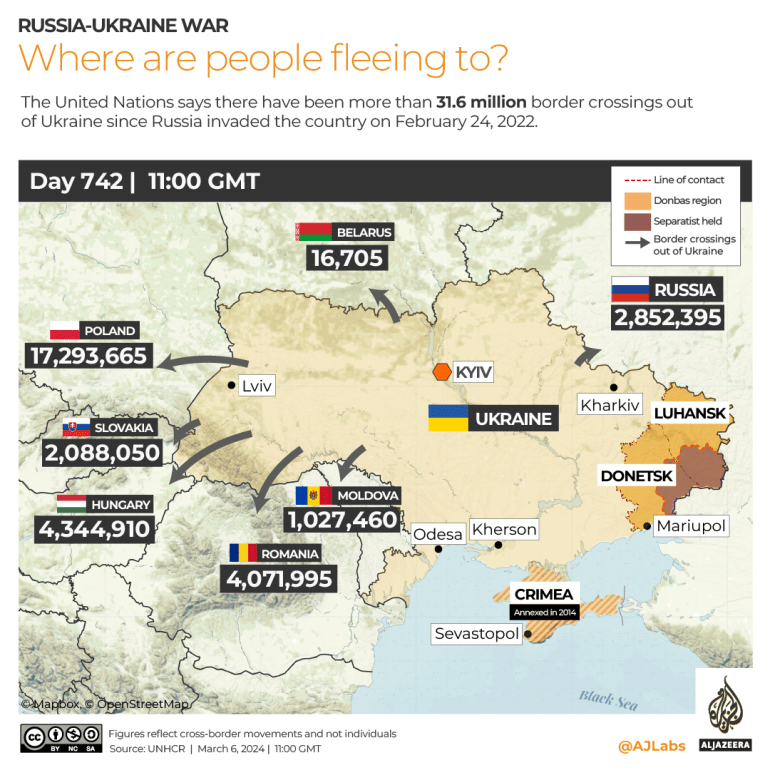
Ukrainian Air Force spokesman Yuri Ignat said on Tuesday that it was impossible to protect Odesa from all missiles and drones.
“Odesa is…a densely populated city, adjacent to the coast, with large buildings and infrastructure. It’s built with,” Ignat said.
On Wednesday, another drone struck Odesa as Greek Prime Minister Kyriakos Mitsotakis was meeting with President Zelenskiy in the city.
Ukraine's air defense forces shot down 36 of the 43 drones launched by Russia between February 29 and Tuesday, but officials said they could run out of missiles for air defense batteries without further support. I'm warning you that there is.
Maksym Tymchenko, who runs Ukraine's largest power company, told the Financial Times that Ukraine was better prepared for Russia's first onslaught of drones on Ukraine's energy infrastructure last winter, and that drones have increased in recent weeks. He said more and more cases are reaching their goals. He said Russia has targeted energy infrastructure at least 160 times this year alone.
war at sea
The brightest moment for Ukraine this week was the sinking of the Russian patrol boat Sergei Kotov near the Kerch Bridge off eastern Crimea early Tuesday morning.
Ukrainian military intelligence group 13 launched Magura V, a naval drone that Ukraine claims is the fastest in the Black Sea. Military intelligence spokesman Andriy Yusov said the ship had been hit five times.
The last pair of drones appeared to have exploded inside the hull, which had been torn apart by an earlier explosion.
Group 13 has previously conducted special operations using naval drones, sometimes in cooperation with the Security Service of Ukraine, which sank or disabled between one-third and half of Russia's Black Sea Fleet.
